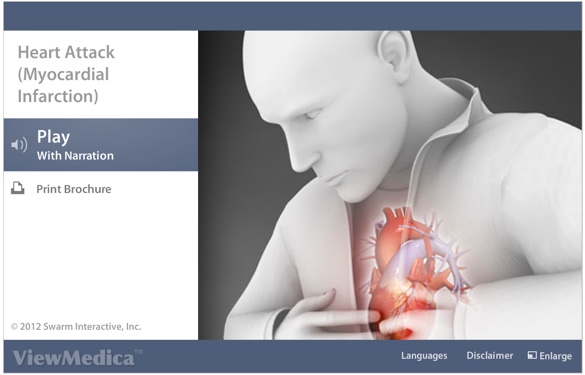Nice Info About How To Detect Coronary Artery Disease

Accf/aha appropriate use criteria suggest that, as a general rule,.
How to detect coronary artery disease. This can show the heart,. This paper reviews invasive and noninvasive diagnostic tools for graft coronary artery disease. Calcium is a marker of coronary artery disease, also called coronary heart disease, atherosclerosis, or atherosclerotic.
This involves using a treadmill or exercise bike that gets faster while an ecg records how the. Current diagnostic concepts to detect coronary artery disease in women. Angiography is an assessment of the arterial lumen, however, and can miss nonfocal disease.
Diagnosis of coronary microvascular disease your doctor or other health care professional will diagnose coronary mvd based on your medical history, a physical exam and. It can help your doctor diagnose coronary. Cardiac mri (magnetic resonance imaging) detects tissue damage or problems with blood flow in the heart or coronary arteries.
How ct scans detect atherosclerotic heart disease. Your doctor may take a sample of blood to check the levels of different substances, including cholesterol; The sensitivity of arm ergometry in detecting coronary artery disease was 45.5% and the specificity 100%, while the figures for treadmill testing were 82.4% and 83.3%, respectively.
Coronary angiography coronary angiography, also called cardiac catheterization, is a minimally invasive study that is considered the gold standard for diagnosing coronary artery disease. A coronary artery calcium score is a special ct scan that uses a very low radiation dose to detect calcium deposits in the coronary arteries. Noninvasive anatomic tests include coronary ct angiography (ccta) and coronary artery calcium scoring (cacs).
This may be the best way to detect if you have a coronary artery spasm. Ct scan (computerized axial tomography) consists of many radiographs shot at the same time from different angles. Test to help diagnose or monitor coronary artery disease include:
:max_bytes(150000):strip_icc()/coronary-artery-disease-diagnosis-5b2d5a7b3037130036f96c31.png)
/coronary-artery-disease-diagnosis-5b2d5a7b3037130036f96c31.png)
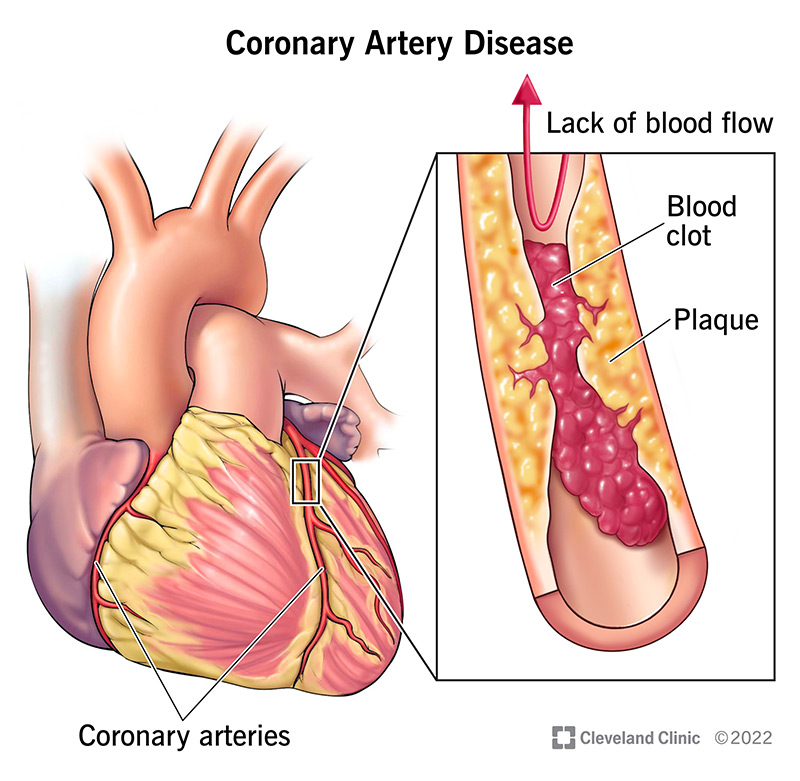
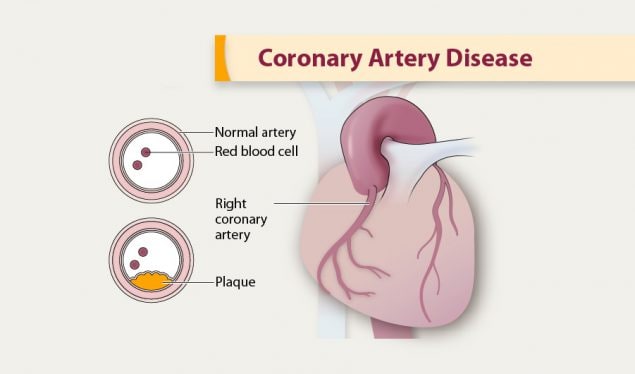
:max_bytes(150000):strip_icc()/coronary-artery-disease-brief-overview-1745273_final-b02cb8796add46bfa56f64591c277ffc.png)
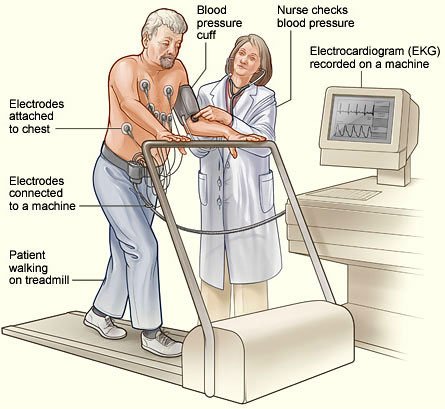

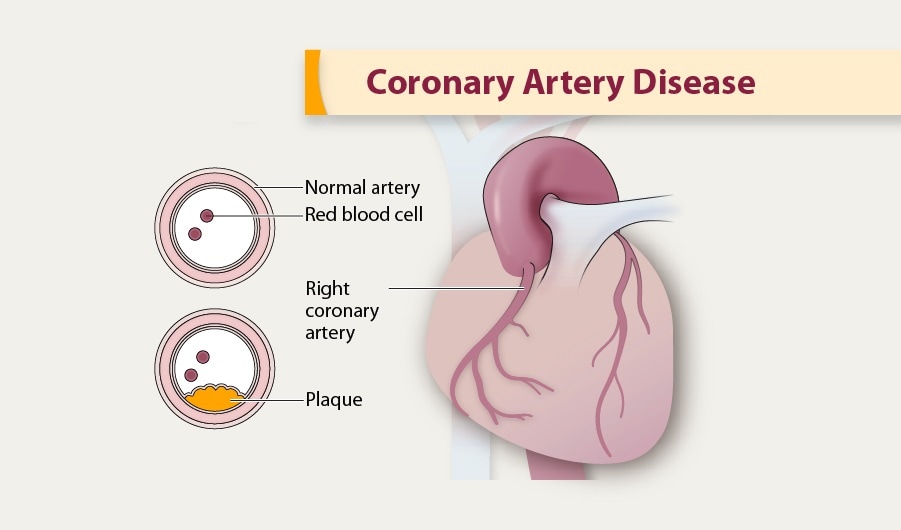
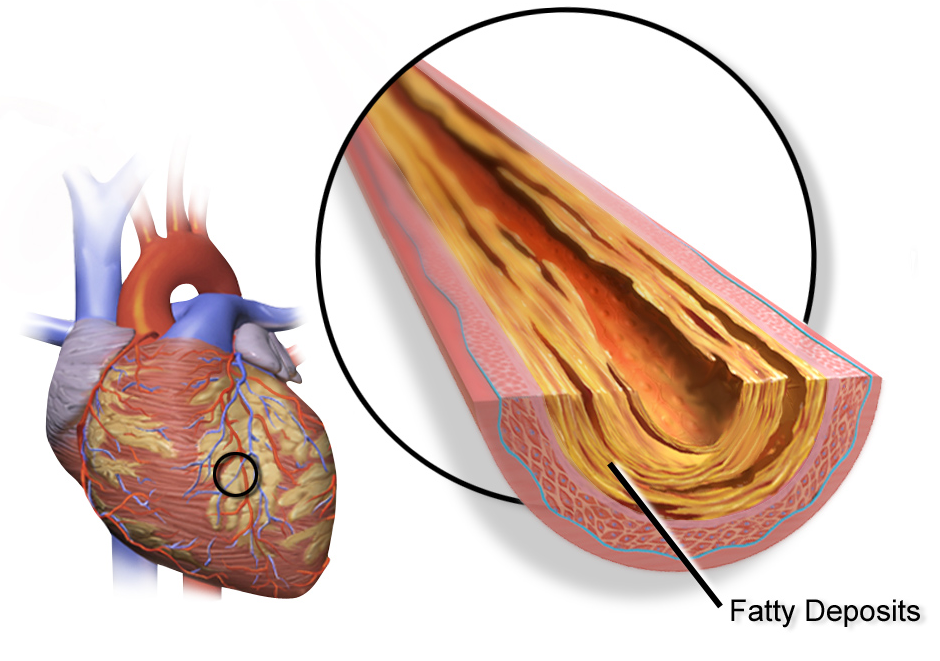
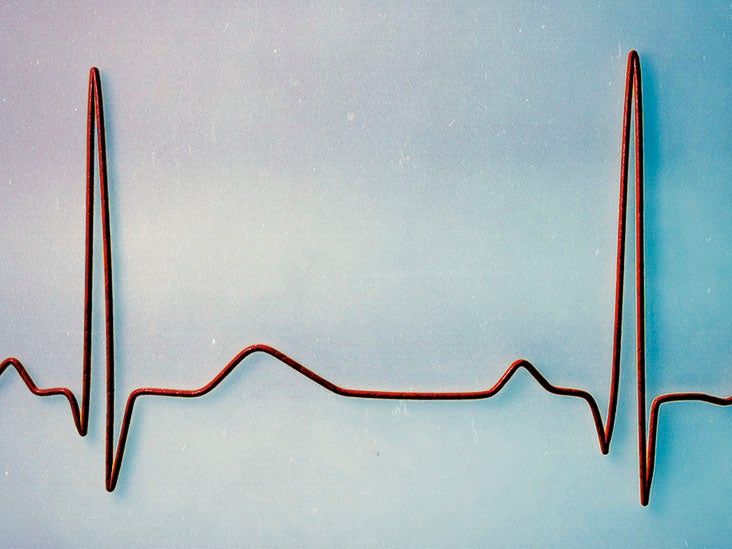
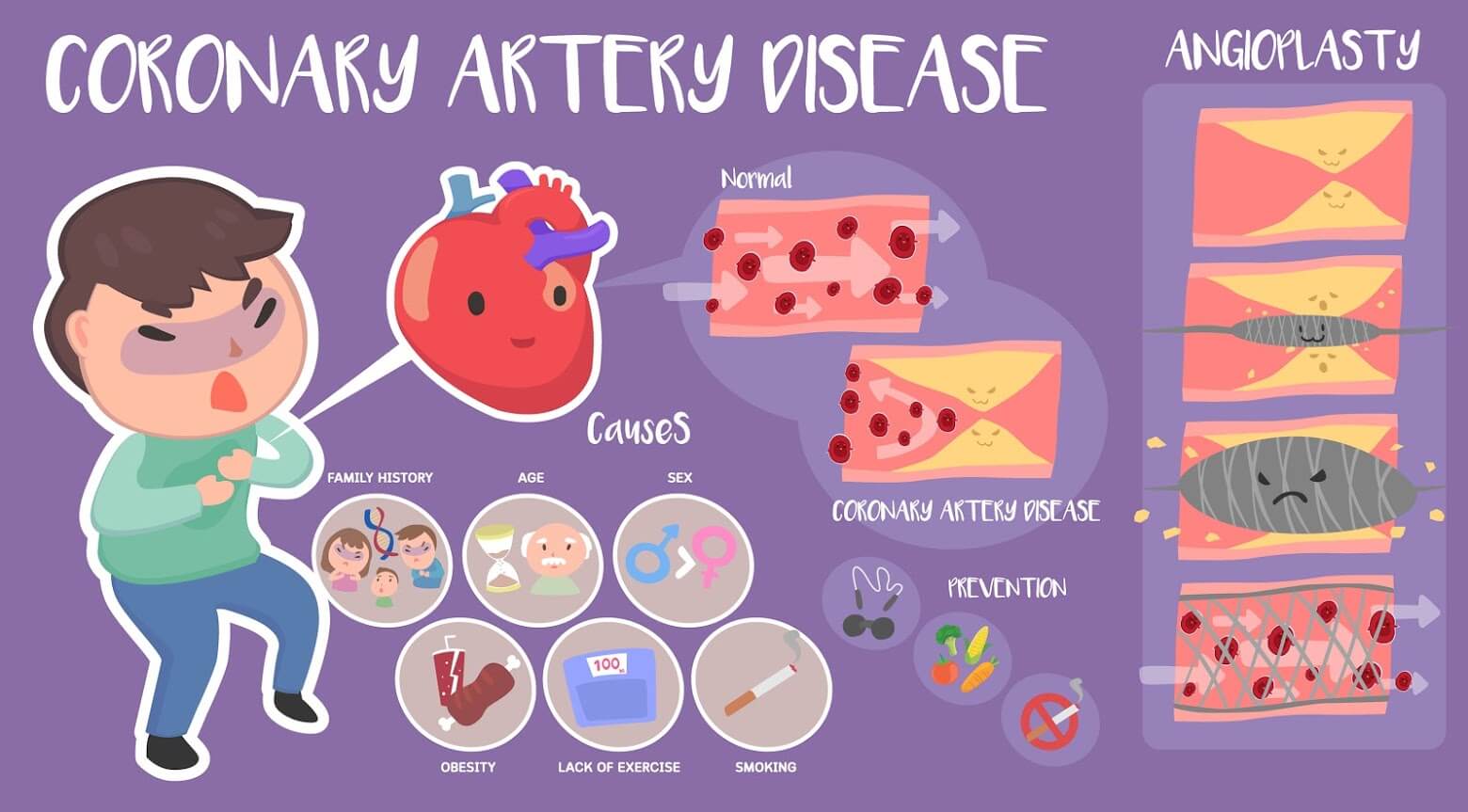
/coronary-artery-disease-symptoms-5b4f996646e0fb00376c3e90.png)
